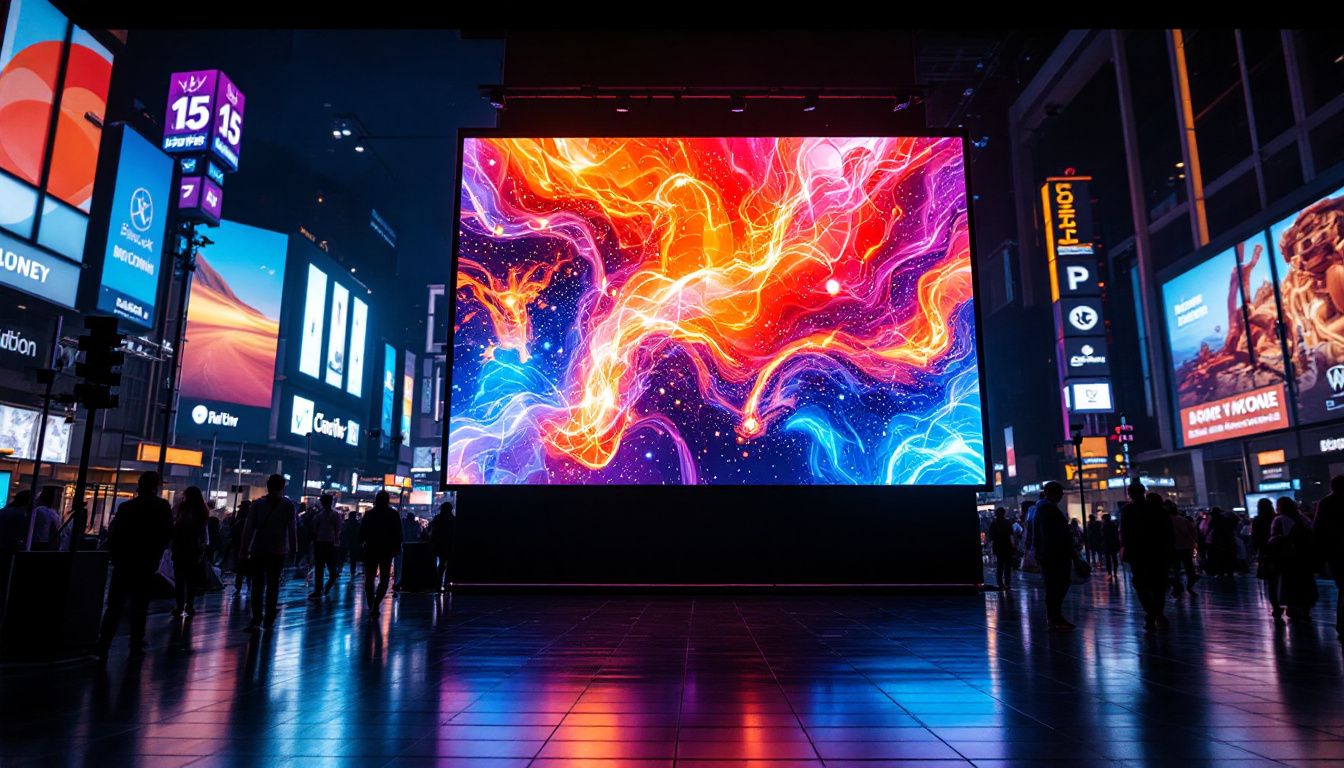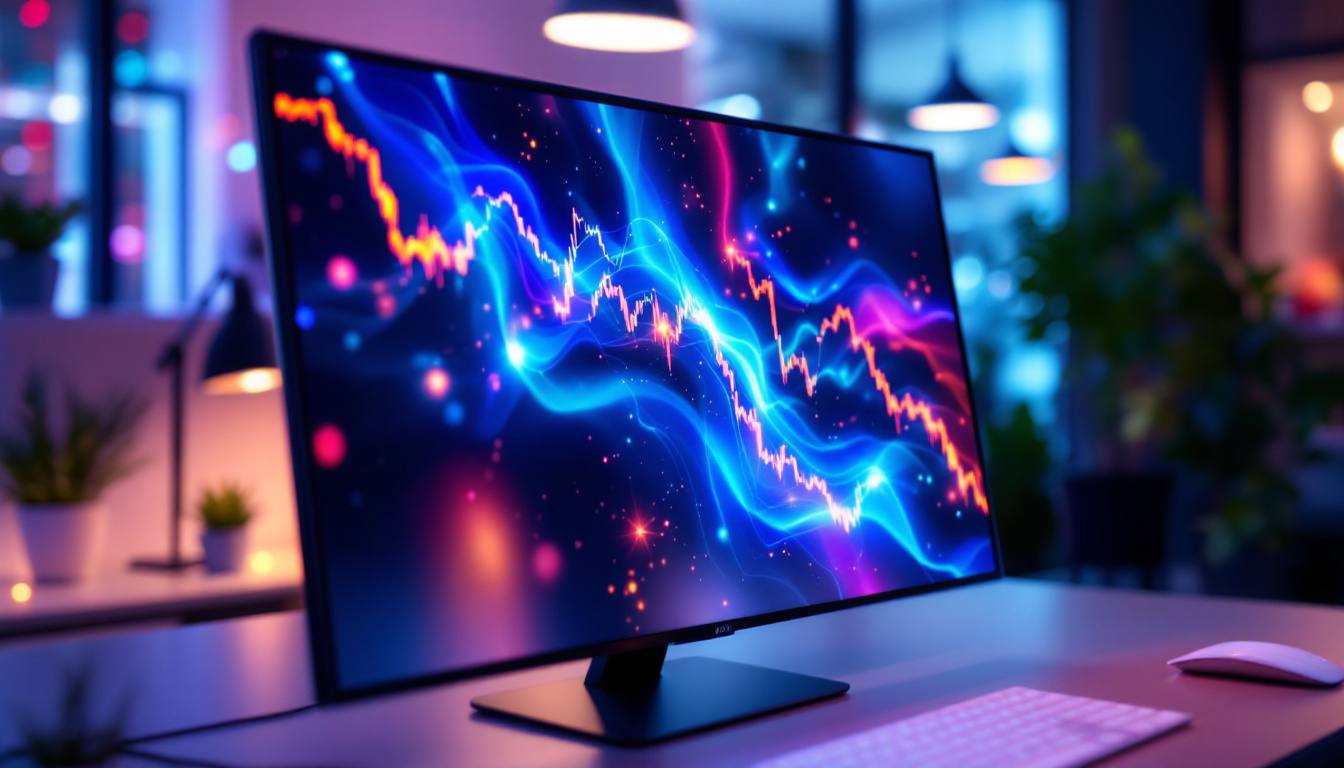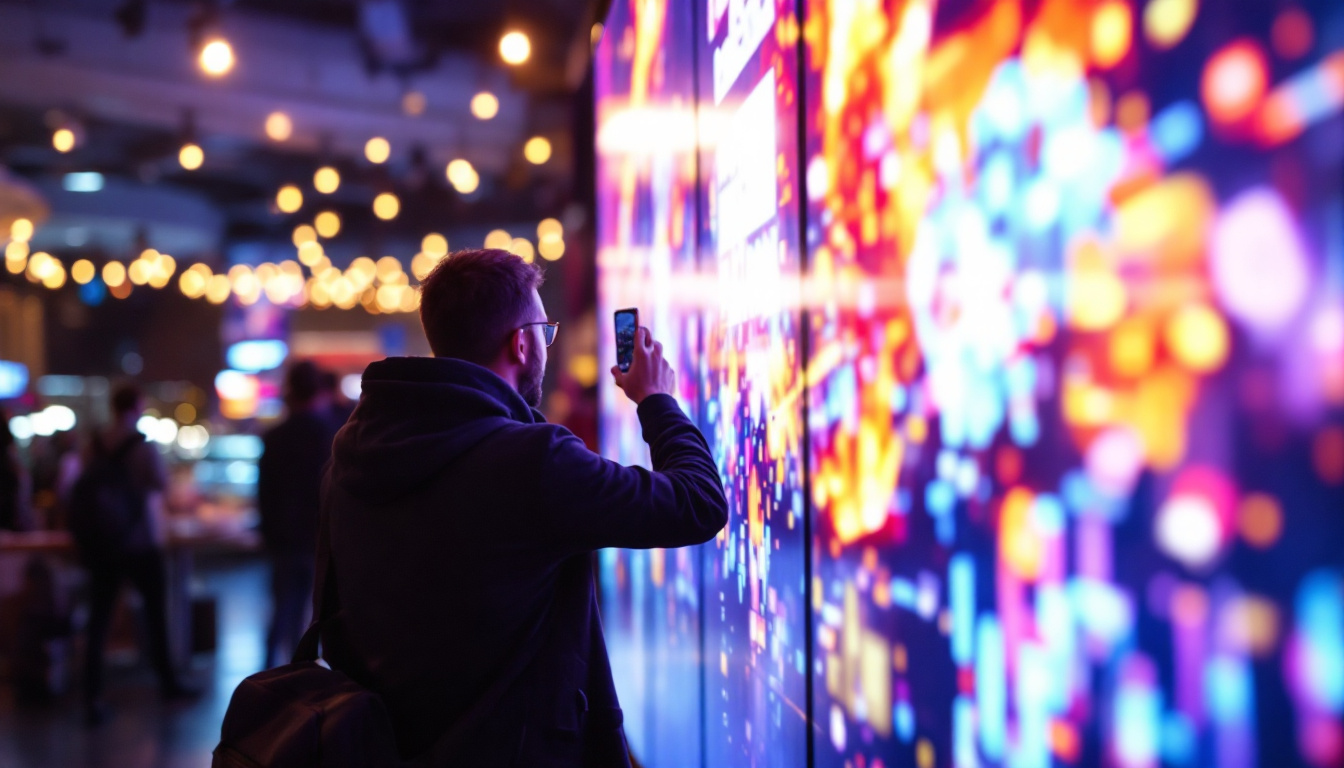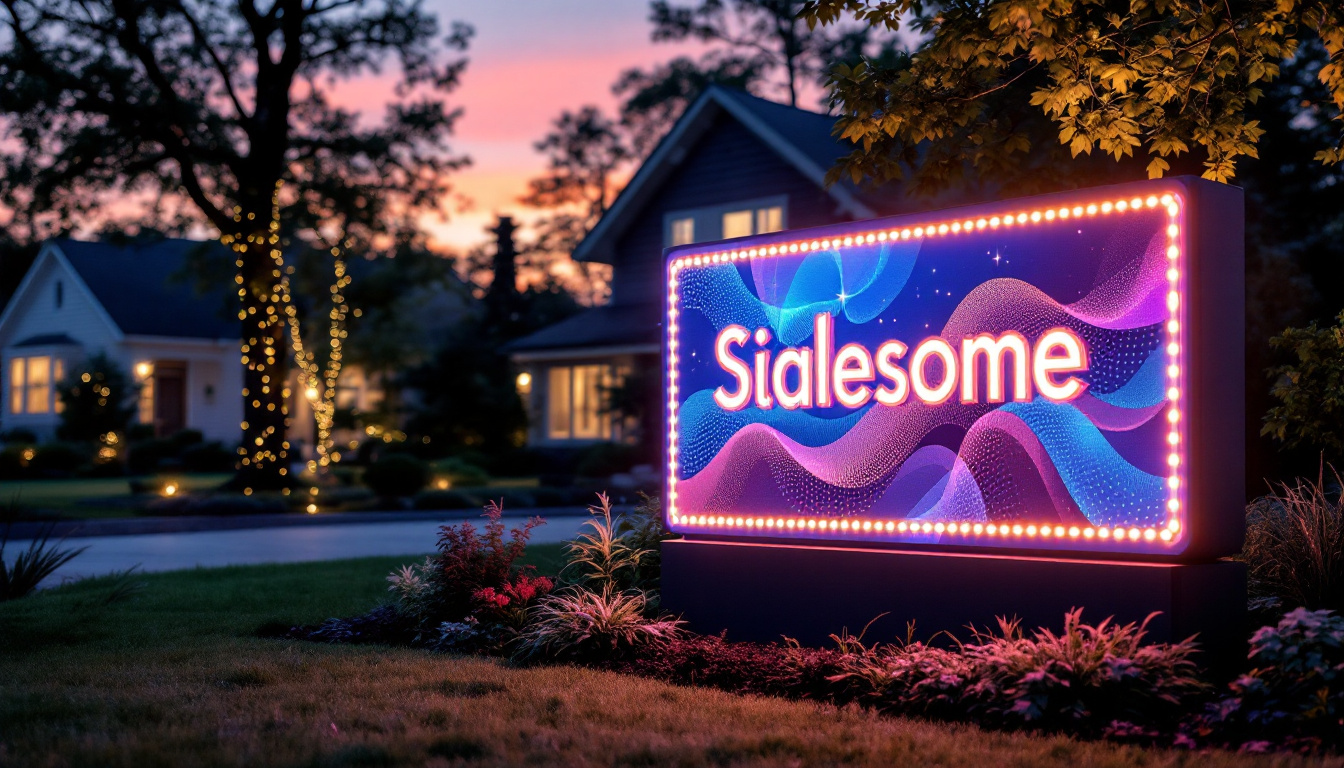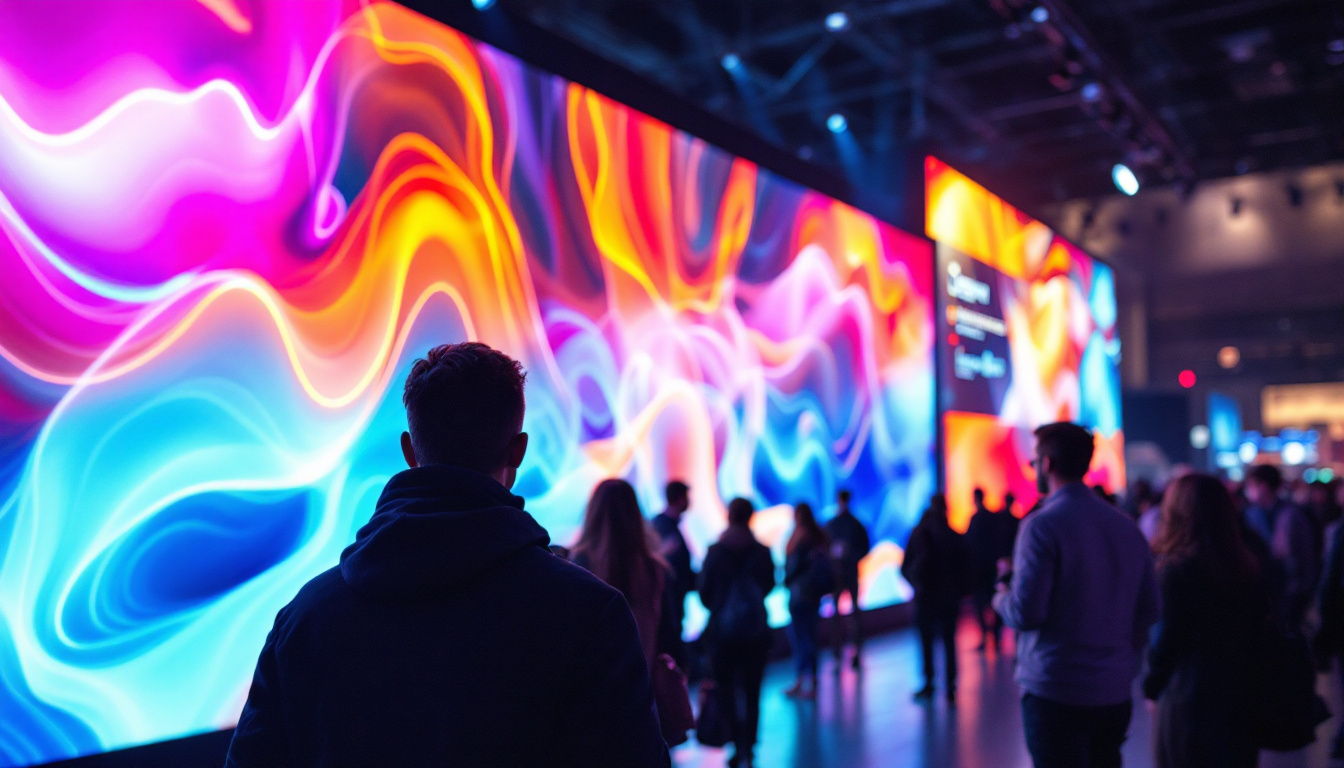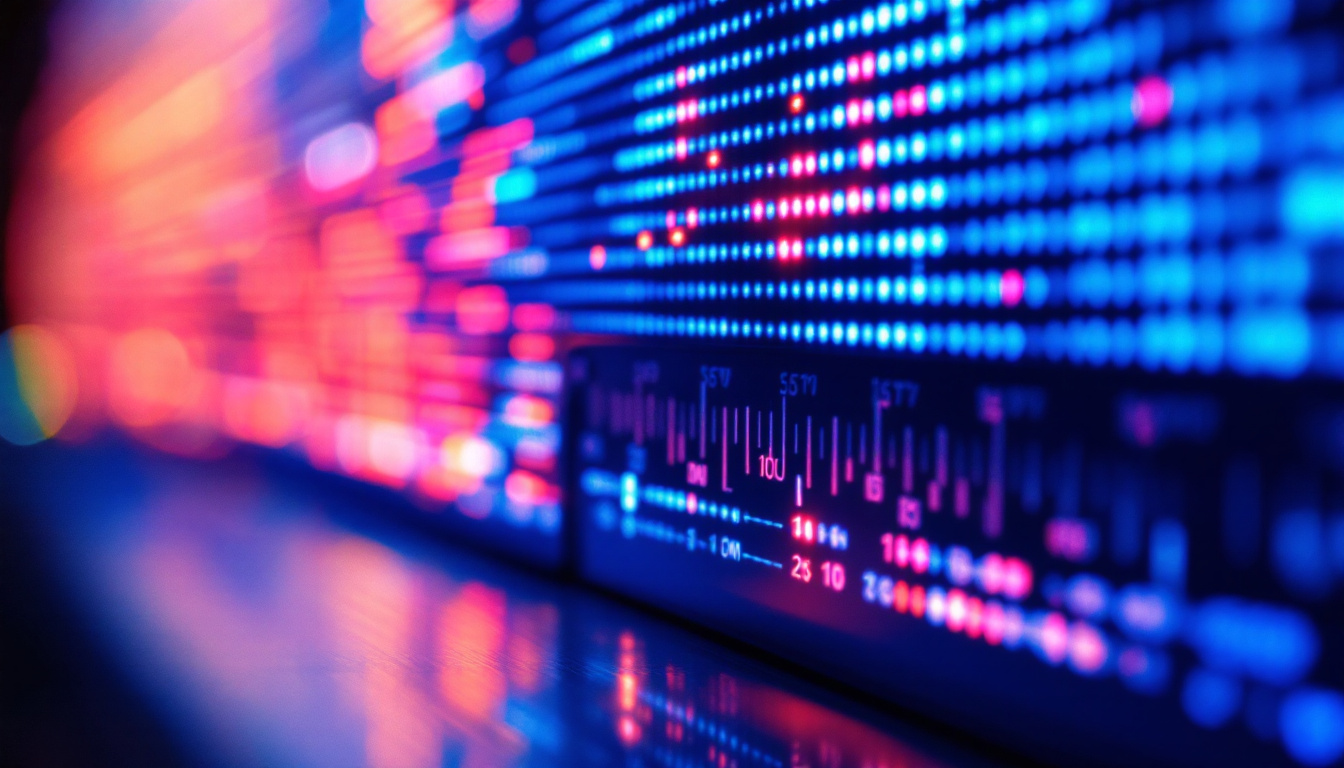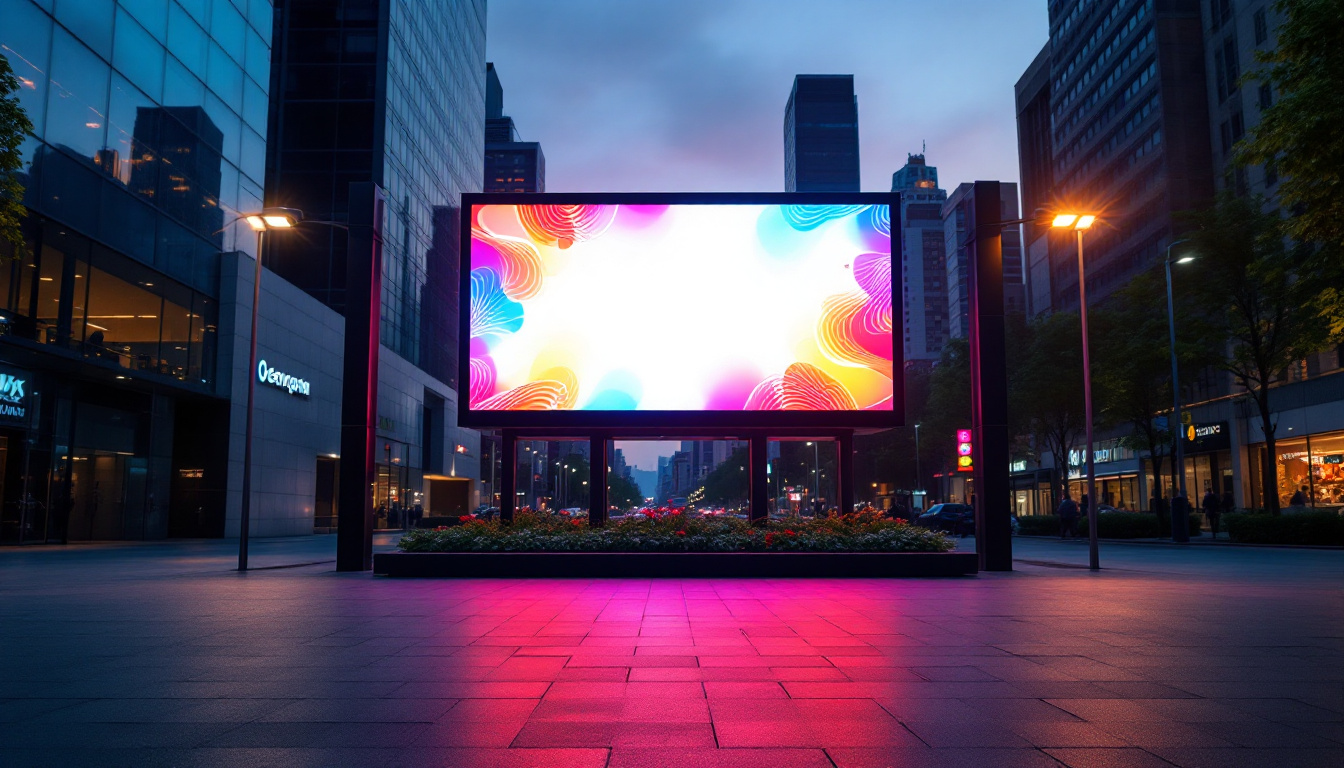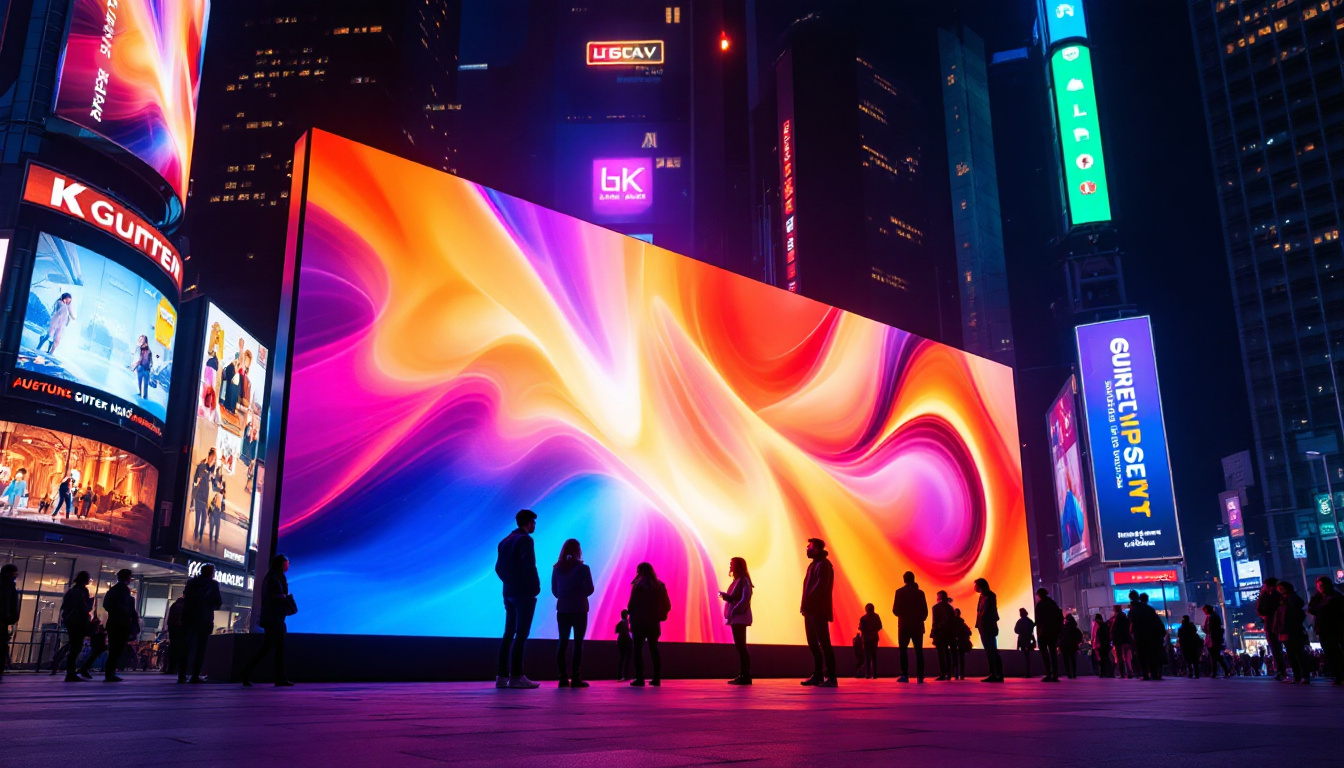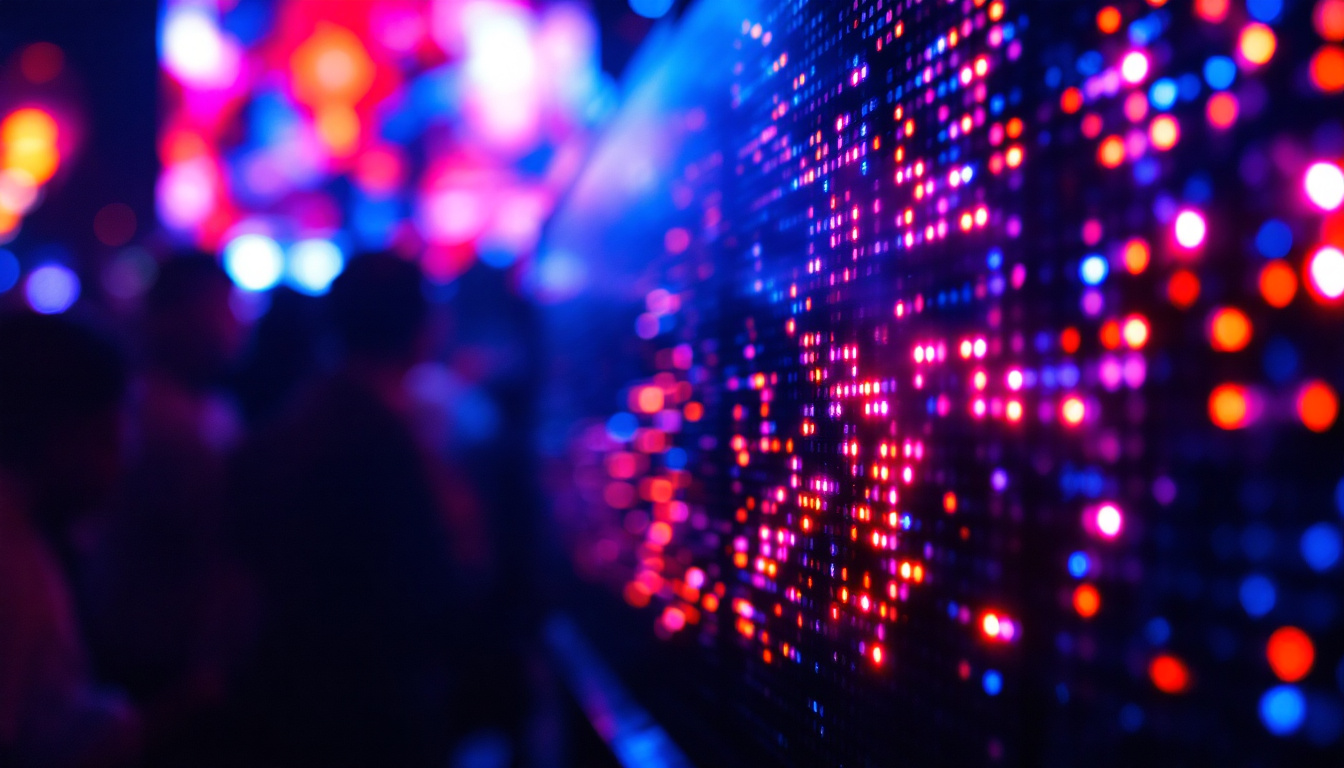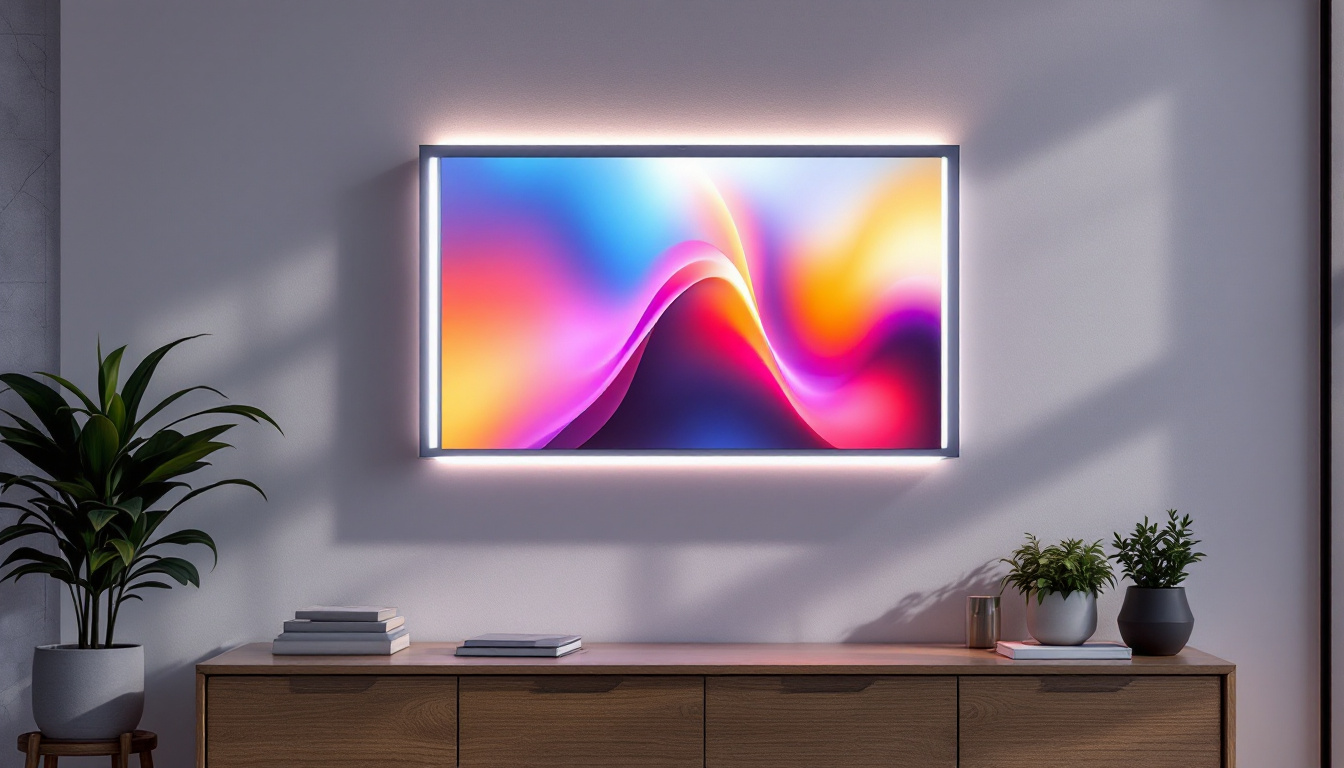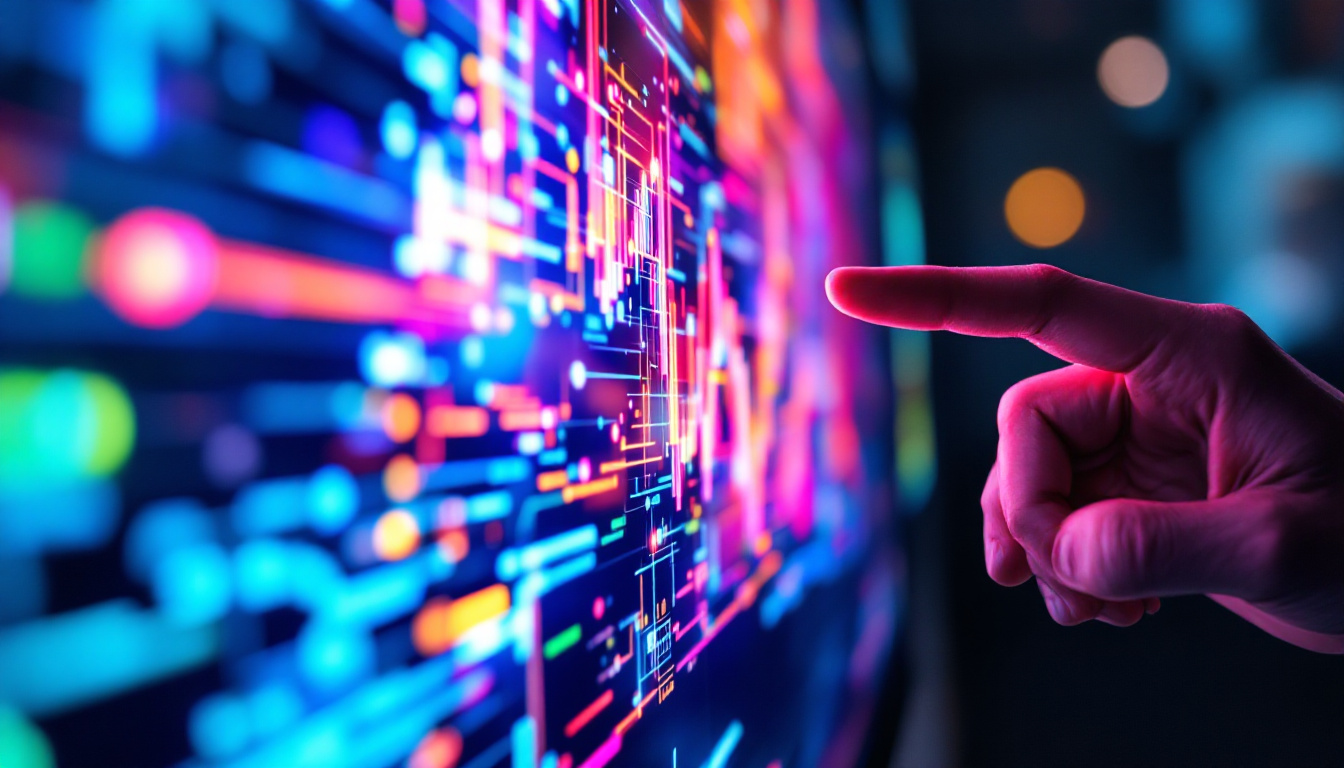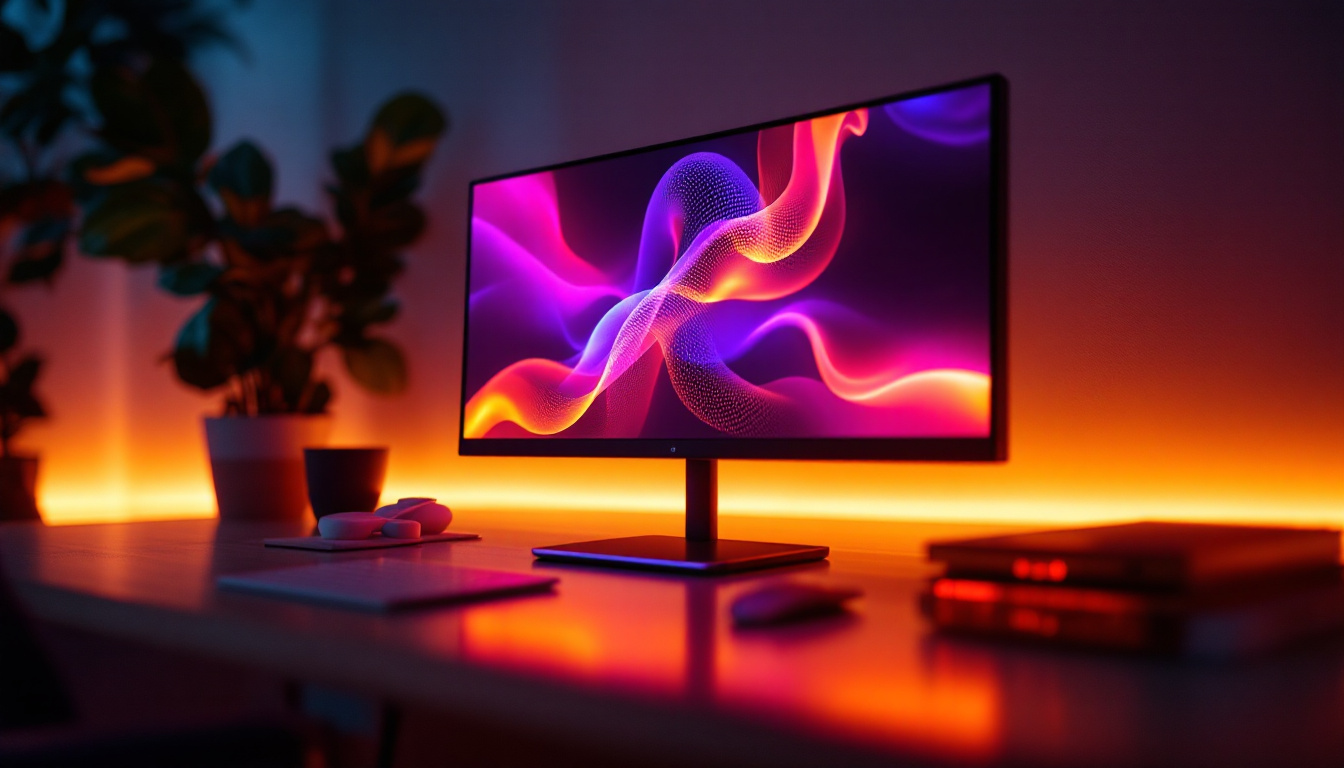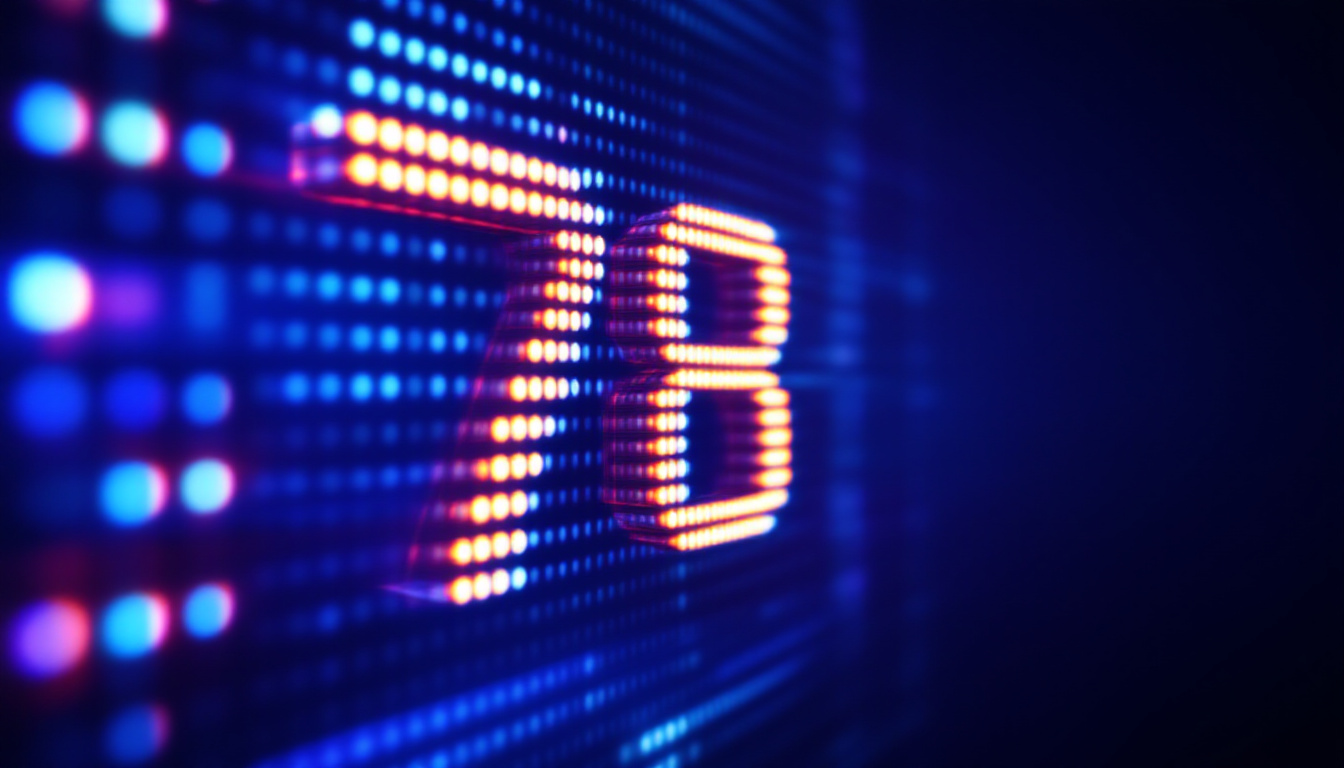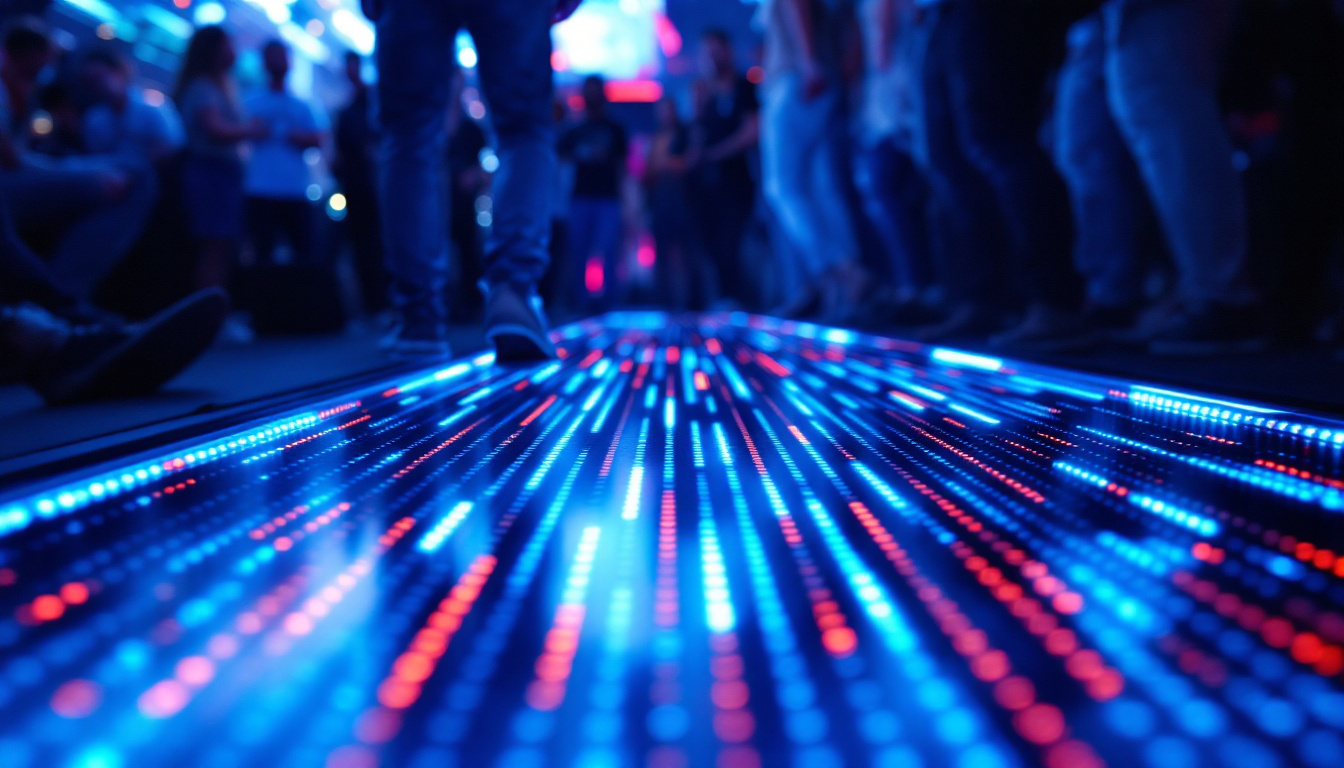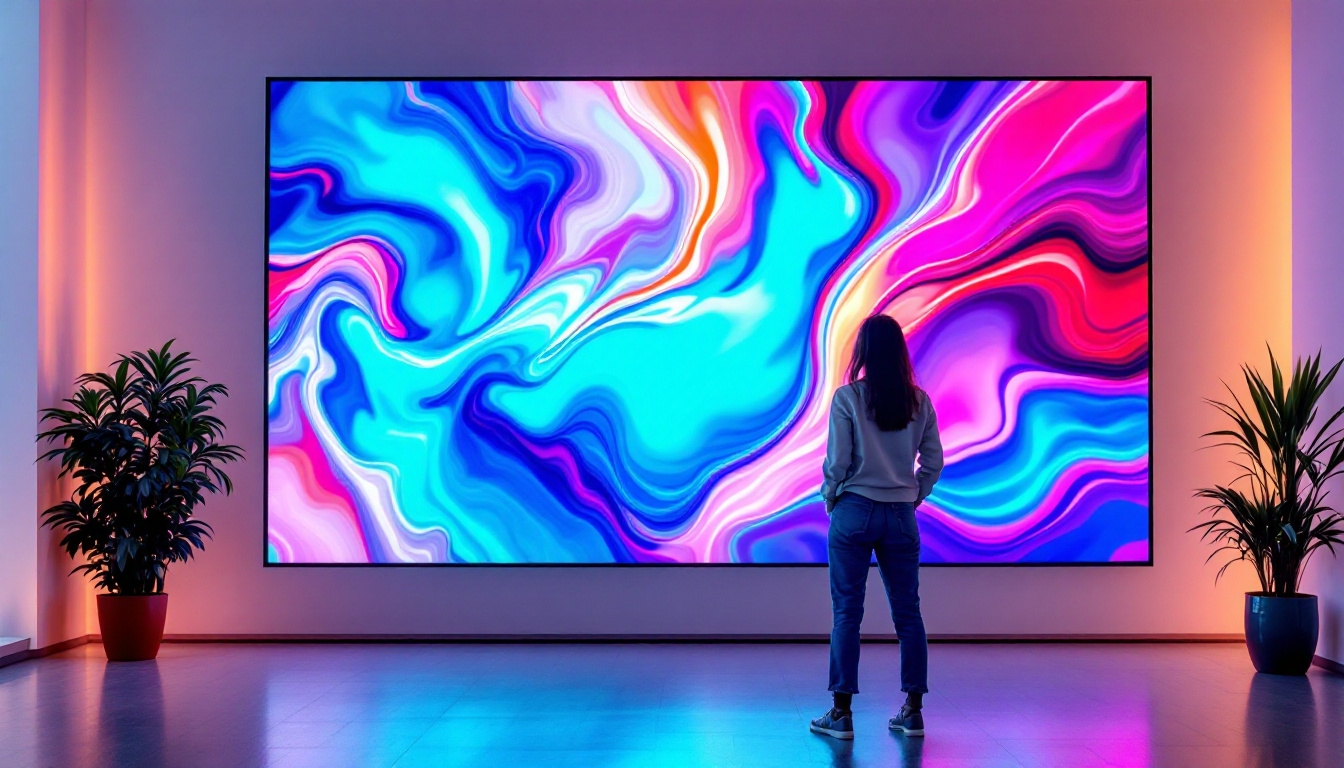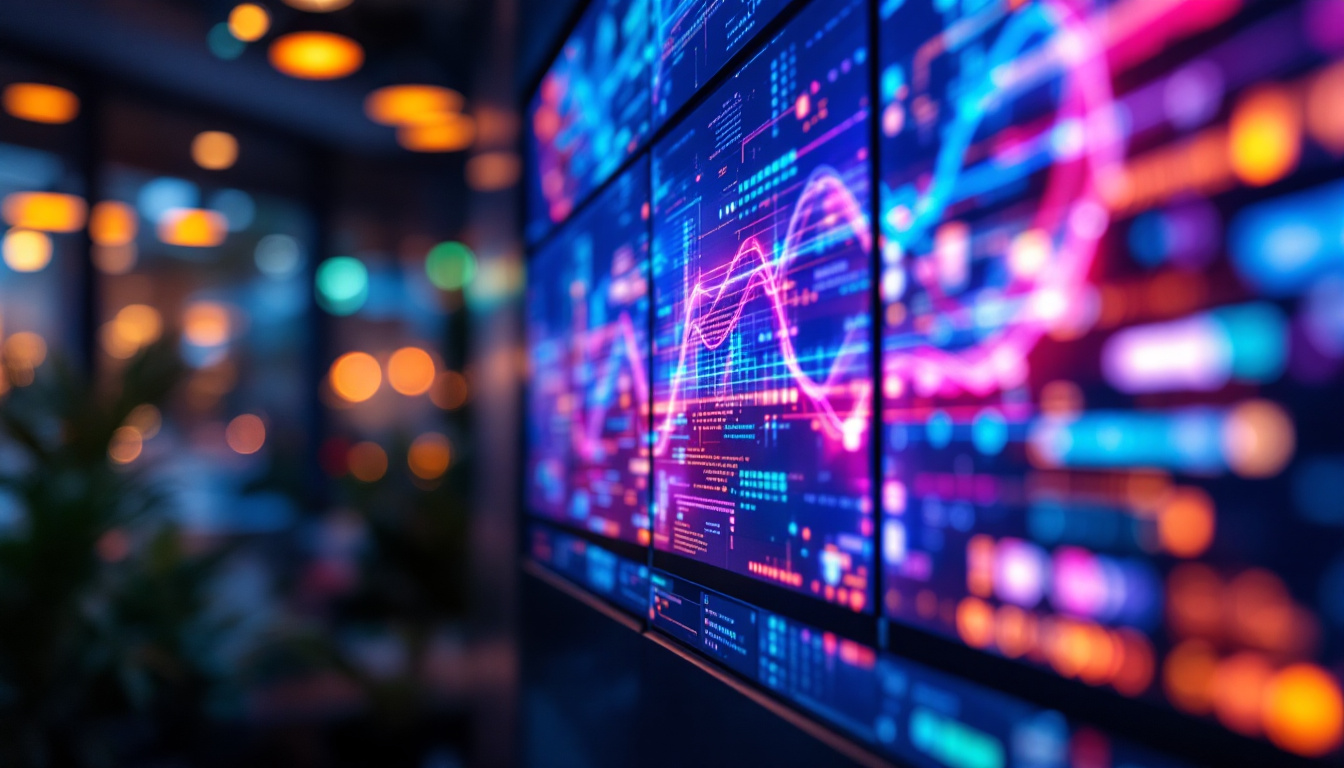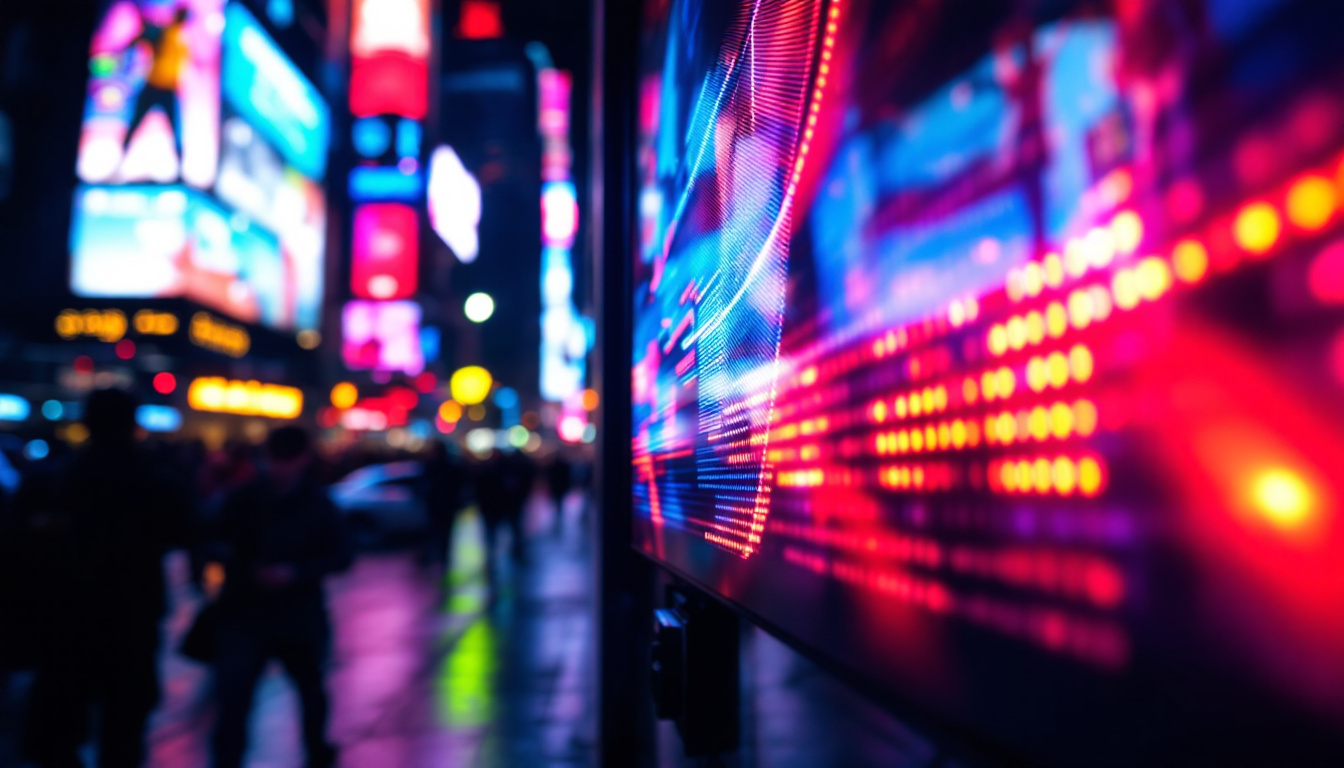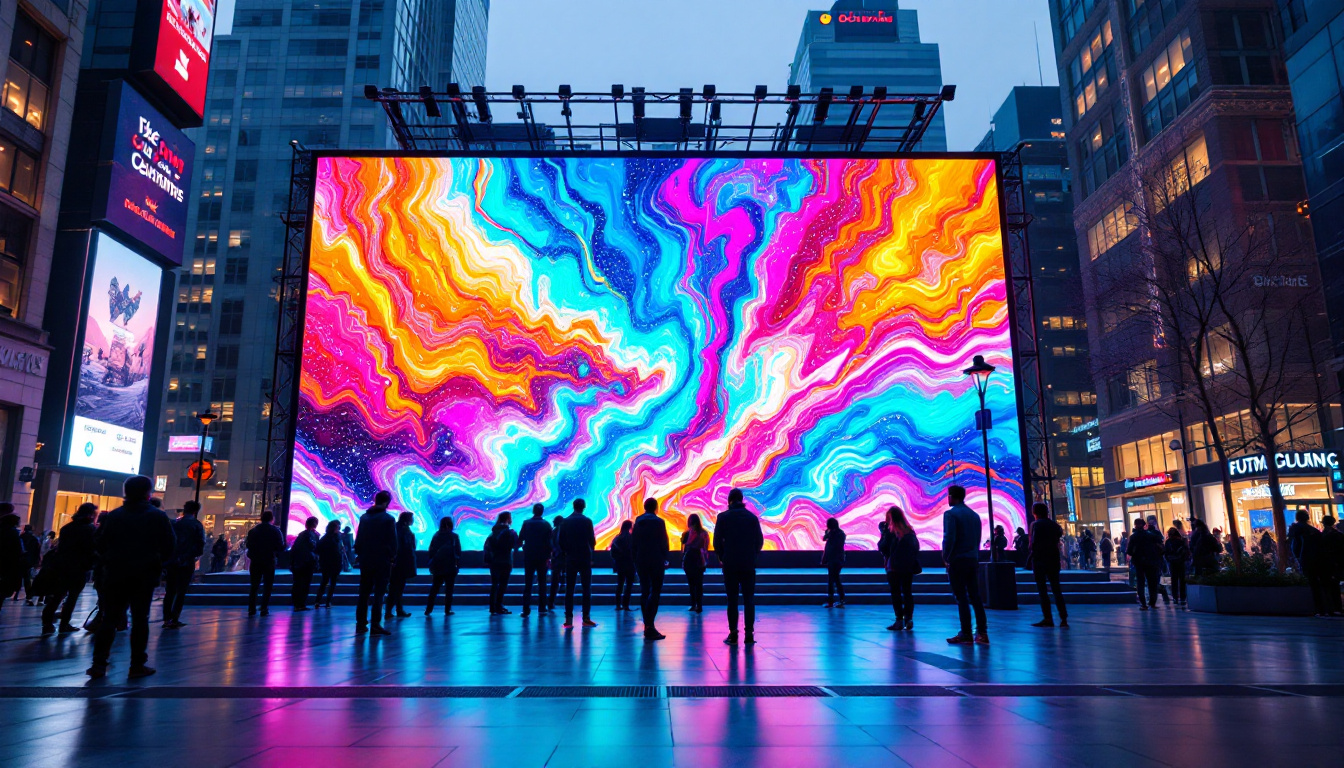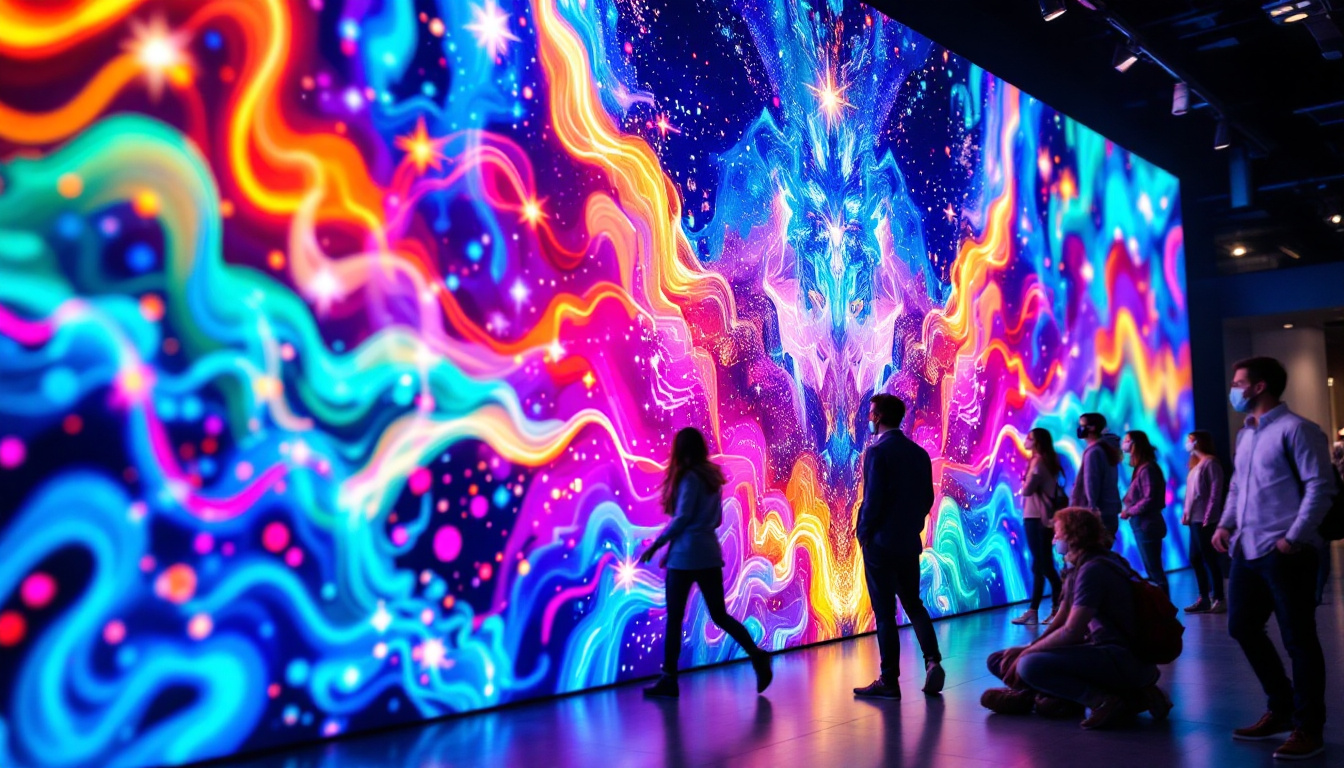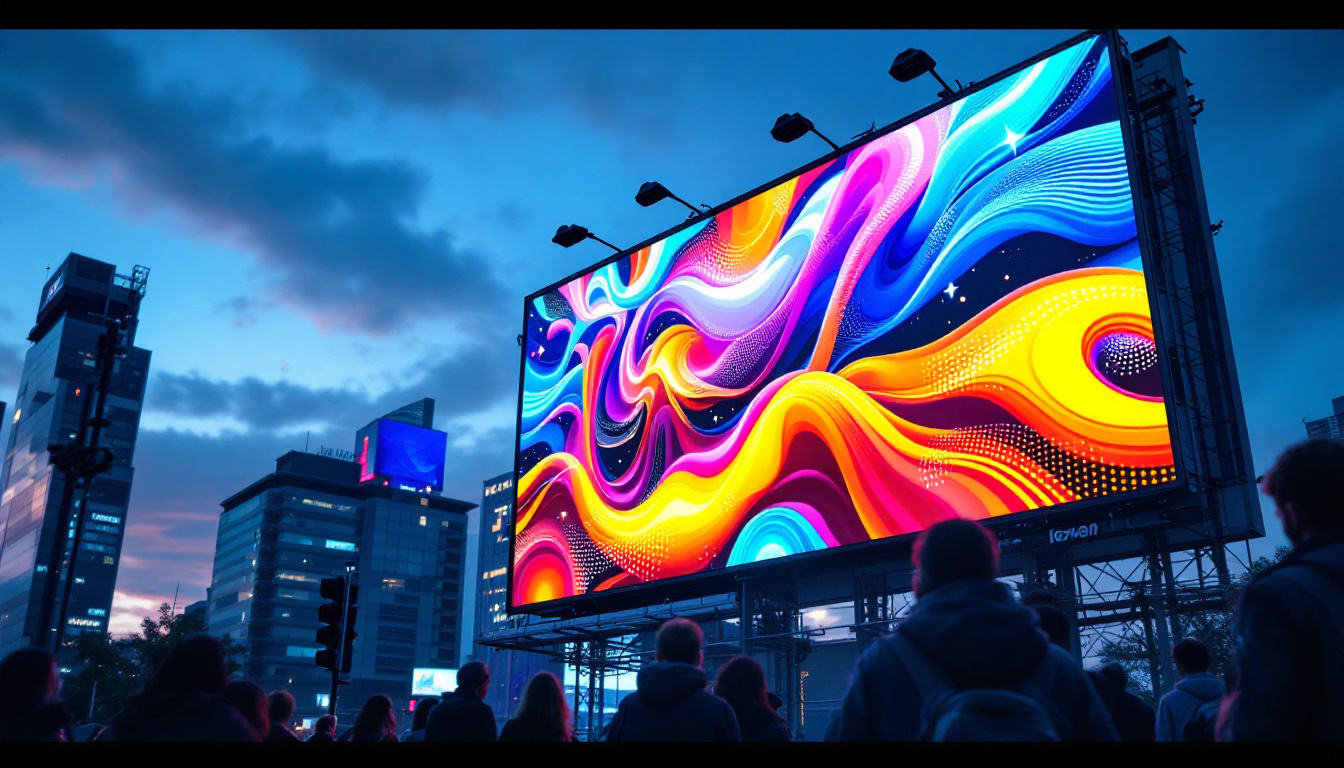In the world of modern technology, LED displays have become ubiquitous, transforming the way information is presented across various platforms. From large advertising billboards to small electronic devices, LED technology has revolutionized visual communication. This article delves into the intricacies of LED displays, exploring their components, functionality, advantages, and applications.
Understanding LED Technology
LED, or Light Emitting Diode, is a semiconductor device that emits light when an electric current passes through it. This technology has evolved significantly since its inception, leading to the development of LED displays that are widely used in various sectors today. From household lighting to large-scale advertising, the versatility of LED technology has transformed how we illuminate and visualize our environments.
The Basics of LED Operation
At its core, an LED consists of a chip made from a combination of materials, typically gallium, arsenide, or gallium phosphide. When electricity flows through the diode, electrons recombine with holes in the semiconductor, releasing energy in the form of photons. This process is known as electroluminescence, which is the principle behind LED lighting. The efficiency of this process is what makes LEDs so appealing, as they convert a significant portion of electrical energy into light rather than heat, unlike traditional incandescent bulbs.
LEDs can produce different colors based on the materials used in their construction. For instance, blue LEDs are made from gallium nitride, while red LEDs are created using aluminum gallium arsenide. By combining these different colors, full-spectrum displays can be achieved, allowing for vibrant and dynamic visual presentations. Moreover, advancements in technology have led to the development of white LEDs, which are often created by combining blue LEDs with phosphor materials that emit yellow light, resulting in a broad spectrum of white light that is both energy-efficient and visually appealing.
Types of LED Displays
LED displays can be categorized into several types, each designed for specific applications. The most common types include:
- Direct View LED Displays: These displays consist of individual LEDs arranged in a grid. They are often used for large outdoor screens, such as billboards and stadium displays. Their ability to maintain brightness in direct sunlight makes them ideal for outdoor advertising.
- LED Backlit Displays: Commonly found in televisions and computer monitors, these displays use LEDs to illuminate an LCD panel from behind, enhancing brightness and contrast. This technology allows for thinner screens and improved energy efficiency, making it a popular choice among consumers.
- Organic LED (OLED) Displays: Utilizing organic compounds to emit light, OLED displays offer superior color accuracy and contrast ratios, making them popular in high-end devices. Unlike traditional LED displays, OLEDs can achieve true blacks by turning off individual pixels, resulting in stunning visual quality that is especially favored in the film and gaming industries.
In addition to these types, there are also specialized LED displays such as transparent LEDs, which allow for visibility through the display itself, making them suitable for retail environments where product visibility is key. Furthermore, flexible LED displays are emerging, enabling curved or irregular shapes that can adapt to various design needs, pushing the boundaries of creativity in advertising and architecture. As technology continues to advance, the applications of LED displays are expected to expand even further, integrating seamlessly into our daily lives and transforming how we interact with visual media.
Components of an LED Display
Understanding the components of an LED display is essential for grasping how they function and what makes them effective. Each display is made up of several key elements that work together to create the final visual output.
Pixel Matrix
The pixel matrix is the fundamental building block of an LED display. Each pixel consists of multiple LEDs, typically red, green, and blue (RGB), which can be controlled independently to create a wide range of colors. The arrangement of these pixels determines the display’s resolution and overall image quality.
Control System
The control system is responsible for managing the input signals and ensuring that the correct colors are displayed on the screen. This system can vary in complexity, from simple controllers for basic displays to advanced systems capable of handling high-definition video content. The control system also interfaces with software that allows for real-time updates and content management.
Power Supply
LED displays require a stable power supply to operate efficiently. The power supply converts AC voltage from the mains into the DC voltage needed by the LEDs. Efficient power management is crucial, as it not only affects the display’s performance but also its longevity and energy consumption.
Advantages of LED Displays
LED displays offer numerous advantages over traditional display technologies, making them a popular choice for various applications. Here are some of the key benefits:
Energy Efficiency
One of the most significant advantages of LED technology is its energy efficiency. LED displays consume significantly less power compared to traditional incandescent or fluorescent displays. This reduced energy consumption translates to lower operating costs and a smaller carbon footprint.
Brightness and Visibility
LED displays are known for their exceptional brightness levels. They can produce vivid colors and high contrast ratios, making them easily visible even in direct sunlight. This characteristic is particularly beneficial for outdoor applications, where visibility is crucial for effective communication.
Longevity and Durability
LEDs are designed to last longer than traditional display technologies. With a lifespan of up to 100,000 hours, LED displays require less frequent replacements, reducing maintenance costs. Additionally, they are more resistant to shock and vibration, making them suitable for various environments, including outdoor settings.
Applications of LED Displays
LED displays have found their way into numerous industries and applications, showcasing their versatility and effectiveness. Here are some prominent areas where LED technology is making an impact:
Advertising and Marketing
In the realm of advertising, LED displays have become a game-changer. Their ability to display dynamic content, such as videos and animations, allows brands to capture the attention of potential customers effectively. From large billboards to digital signage in retail stores, LED displays are a staple in modern marketing strategies.
Entertainment and Events
LED displays are a common sight in concert venues, sports arenas, and festivals. They provide high-quality visuals that enhance the audience’s experience, whether through live video feeds, graphics, or interactive content. The flexibility of LED technology allows for creative stage designs and immersive environments.
Transportation and Public Information
LED displays play a vital role in transportation systems, providing real-time information to passengers. From train stations to airports, these displays offer updates on schedules, delays, and other essential information. Their visibility and clarity ensure that travelers can make informed decisions quickly.
Challenges and Considerations
While LED displays offer numerous advantages, there are also challenges and considerations to keep in mind when implementing this technology.
Initial Cost
The initial investment for LED displays can be higher compared to traditional display technologies. However, this cost is often offset by the long-term savings in energy consumption and maintenance. Organizations must weigh the upfront costs against potential savings over time.
Heat Management
LEDs generate heat during operation, which can affect their performance and lifespan if not managed properly. Adequate cooling systems must be in place to dissipate heat, especially in larger displays. Failure to address heat management can lead to reduced efficiency and premature failure of the display.
Content Management
Managing content for LED displays requires careful planning and execution. Organizations must ensure that the content is engaging, relevant, and updated regularly. Additionally, compatibility with various software systems can pose challenges, necessitating a robust content management strategy.
The Future of LED Displays
The future of LED displays looks promising, with ongoing advancements in technology and applications. As the demand for high-quality visual communication continues to grow, innovations in LED technology are expected to enhance performance and expand capabilities.
Advancements in Technology
Emerging technologies such as MicroLED and MiniLED are set to redefine the landscape of LED displays. These advancements promise to deliver even higher resolutions, improved color accuracy, and enhanced energy efficiency. As these technologies mature, they will likely find applications in various sectors, from consumer electronics to large-scale installations.
Integration with Smart Technologies
As smart technologies become more prevalent, LED displays are expected to integrate seamlessly with IoT devices and smart systems. This integration will enable real-time data visualization, personalized content delivery, and enhanced interactivity, transforming the way information is communicated.
Sustainability Initiatives
With growing concerns about environmental sustainability, the LED industry is focusing on developing eco-friendly solutions. Efforts to reduce the carbon footprint of manufacturing processes and improve recyclability are gaining momentum. As a result, the future of LED displays may not only be about performance but also about sustainability.
Conclusion
LED displays have transformed the way information is presented and consumed across various industries. Their energy efficiency, brightness, and versatility make them an ideal choice for a wide range of applications, from advertising to public information. While challenges exist, ongoing advancements in technology and a focus on sustainability promise a bright future for LED displays. As this technology continues to evolve, it will undoubtedly play a pivotal role in shaping the future of visual communication.
In conclusion, understanding LED displays is essential for anyone looking to leverage this technology effectively. By grasping the fundamentals of how they operate, their advantages, and their applications, organizations can make informed decisions that enhance their communication strategies and engage their audiences more effectively.
Discover LumenMatrix’s Innovative LED Solutions
Ready to elevate your visual communication with cutting-edge LED technology? LumenMatrix is at the forefront of LED innovation, offering a diverse range of LED display modules tailored to your needs. Whether you’re looking for Indoor LED Wall Displays, Outdoor LED Wall Displays, or specialized solutions like Vehicle LED Displays, LED Sports Displays, and Custom LED Displays, LumenMatrix has the expertise to bring your vision to life. Experience the transformative power of LED displays and join the revolution in visual storytelling. Check out LumenMatrix LED Display Solutions today and see how we can help you make a lasting impression.

